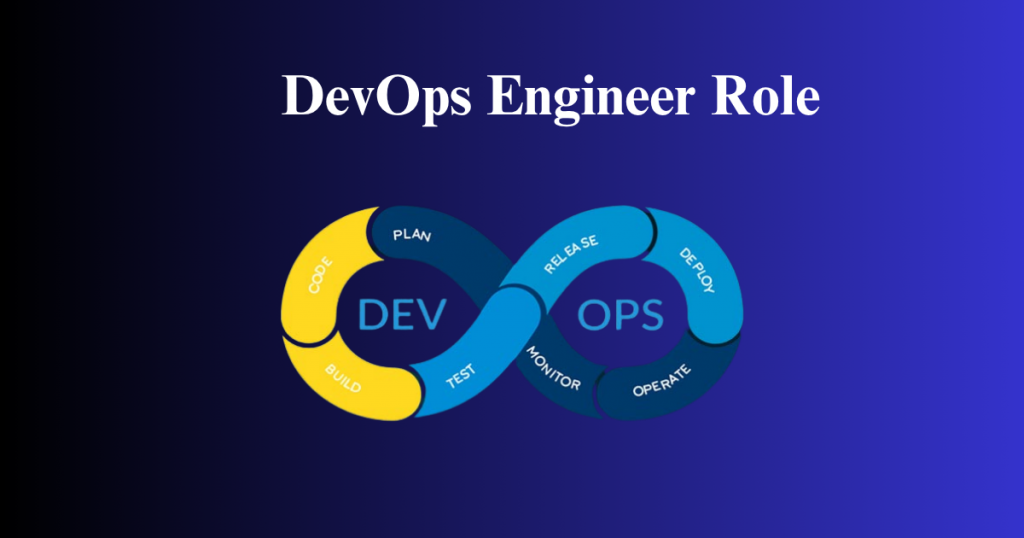Introduction
Data Science is a rapidly emerging profession that merges the skills of statistics, programming and business to gather meaningful insights from data. Most companies desire skilled data scientists to assist them in making data-driven decisions. In preparation for a data science job, it's necessary to learn the fundamental concepts and be ready to reply to common interview questions. We discuss the most 30 common data science interview questions and answers in this blog. All the answers are concise, straightforward, and easy to understand to prepare you and boost your confidence before the interview.



